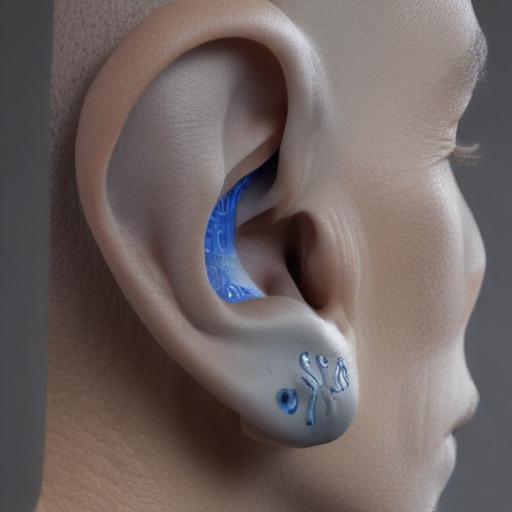Episode 3 of Alien: Earth deepens the series’ central mystery by shifting the focus to Wendy/Marcy’s unusual reaction to the Xenomorph under the lab’s knife. As Kirsh and the hybrid crew drag five alien specimens from the downed Weyland-Yutani Maginot spaceship into the lab, a question emerges: why does Wendy feel distress when the Xenomorph is being operated on, even before the creature is fully revealed in its familiar form?
The key moment seems to lie in a small thread of dialogue from episode 1, when Wendy’s consciousness is downloaded into her new synthetic body. During an audio test, a technician notes, “She’s beyond our human frequencies. 75,000 hz.” The moment is easy to overlook, but it may hold the clue to episode 3’s pain response. Rather than a psychic link to the Xenomorph, the show appears to suggest that the alien sounds are being produced at a frequency outside ordinary human hearing—and Wendy, due to her enhanced or altered hearing in the synthetic body, is the only one who can perceive them. When the tadpole-like stage of the Xenomorph is exposed and then removed, Wendy’s head-down pain intensifies in tandem with the alien’s distress signals, hinting that she is hearing something no one else can.
This interpretation aligns with the episode’s broader arc: the series has been layered with questions about power, biology, and the boundaries between human and alien life. Episode 3 tightens the focus on Wendy not as a telepathic conduit, but as someone whose altered sensory apparatus might be attuned to the Xenomorph’s alien soundscape. If correct, it sets up an intriguing dynamic for future episodes—one where Wendy’s unique perception could become a key to understanding the Xenomorph’s biology and the larger mystery of the five corporations and their plans.
What this means for viewers is a sharper suspense: the pain Wendy experiences isn’t about mind-to-mind connection but about a perceptual gap. The show uses sound design and a hint of sci-fi tech to suggest that some of the aliens’ signals live in a frequency realm outside ordinary human hearing, accessible only to Wendy’s upgraded consciousness. This could offer a satisfyingly original hook as the series moves forward, with more clues expected about how Wendy’s synthetic form changes her relationship to the alien world.
Summary of the takeaway: Episode 3 pushes the mystery forward by proposing that Wendy’s distress is tied to ultrasonic alien noises rather than a direct psychic link. The revelation rests on a throwaway line from Episode 1 about Wendy’s hearing range, reframing the lab scene as a test of who can hear what the aliens are saying. If the premise holds, the series may continue to blend corporate intrigue, xenobiology, and next-gen tech into a growing puzzle about Wendy’s role in the larger Alien universe.
Additional note for readers: this interpretation hinges on the idea that sound—not telepathy—connects Wendy to the Xenomorph. If future episodes confirm alternate explanations, it will only add to the layered storytelling that has made Alien: Earth a provocative entry in the franchise’s extended timeline. Fans can look forward to seeing whether Wendy’s sensory edge becomes a meaningful advantage or a fragile vulnerability as the plot unfolds.
